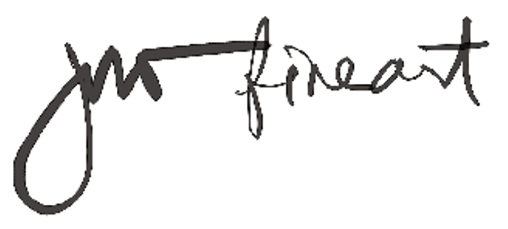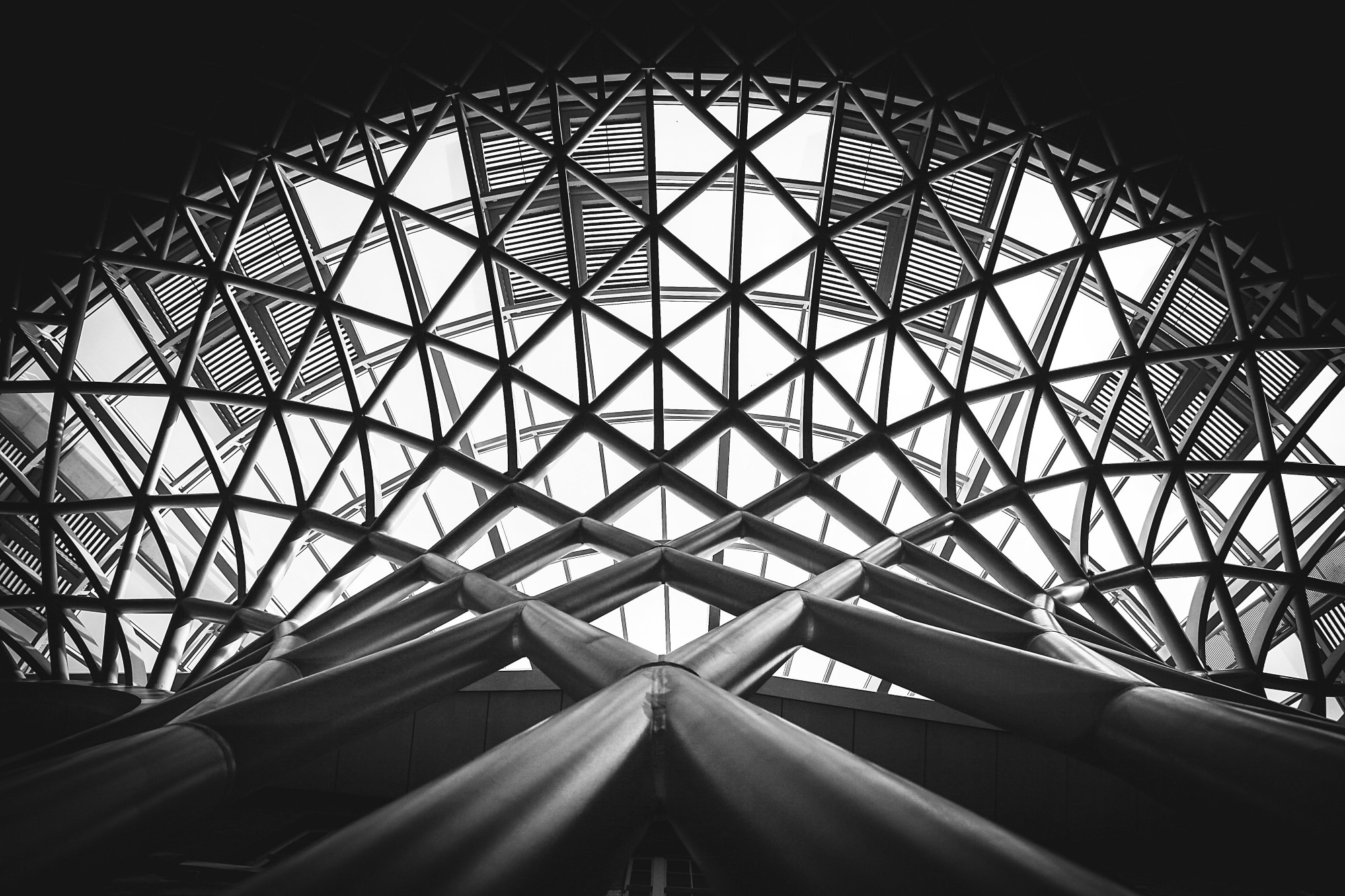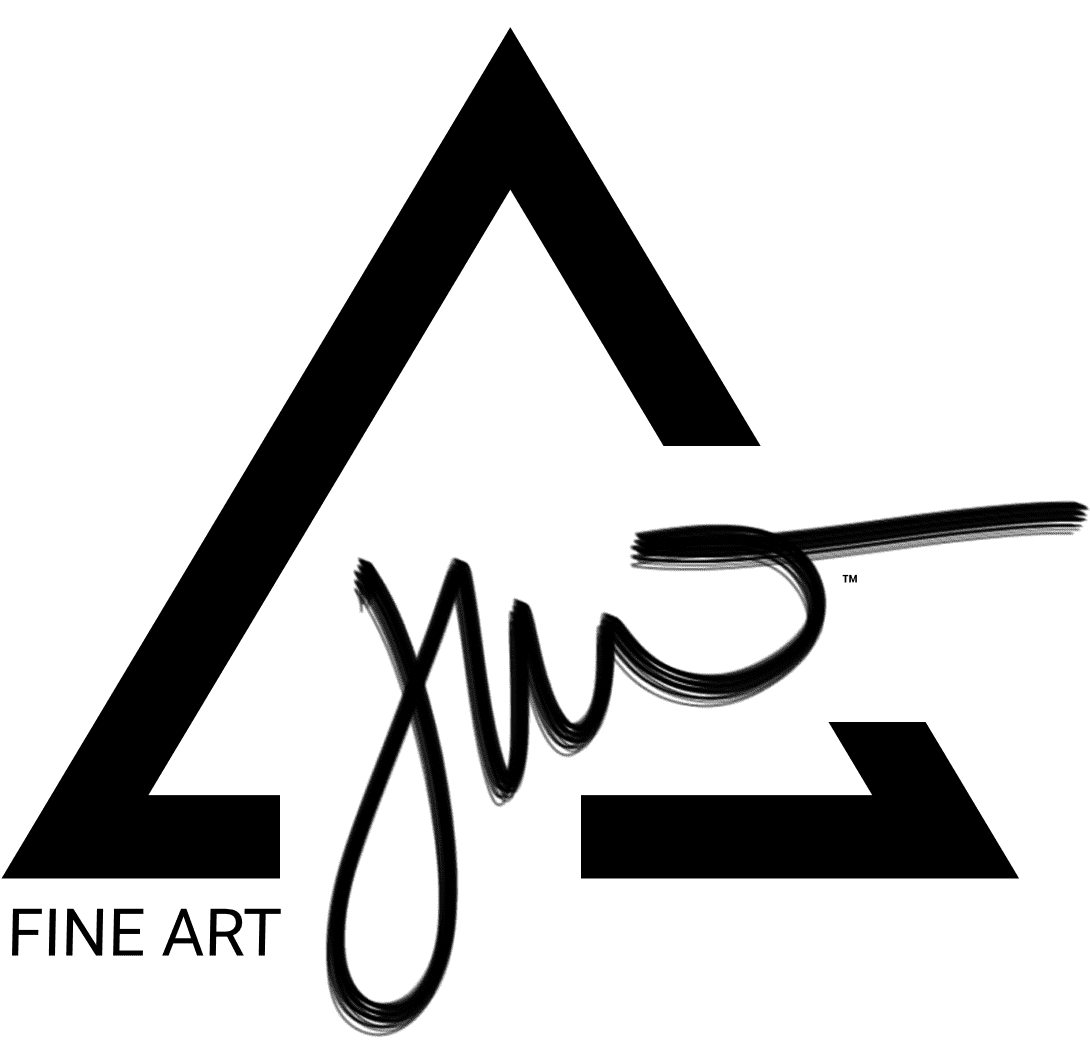
Responses (1)
a Field Note
published on February 7, 2018
What It Means To Be A Fine Art Photographer

Image courtesy of unSplash.
First, I think you have to understand why an artist, a person who creates art that is often also used as wall decor, creates the art in the first place. Most artists that I know aren’t painting, sketching or molding clay in mass production in order to earn a living. They are creating unique original pieces of art. Foremost, these artists are also creating in order to express and share their perceptions and emotions with others. Selling the art to someone else who also understands the arts purpose becomes a result (or reward) of the artists passion and hard work.
Over the past several years I have been experimenting in the theory of “Fine-Art Photography”. One day I self-titled an artist, another day a photographer and the next day wondering how do I make my photographs more “unique” and less more like a “photograph” which can be reproduced identically perfect every time, in which case it begins to feel like the intention is "Fine-Selling" and not "Fine-Art".
I have come to a conjecture that to be a “Fine-Art Photographer”, simply shooting a pretty picture to sell it is not enough. The “Art” is found is the photographer’s interpretation of the composition and production of the piece as a whole. The process from envisioning the scene, manipulating the camera to post-processing the image must respect the values and intentions similar to a traditional artist, capturing the creative, emotional, as well as aesthetics of the photograph and talents of the photographer beyond the tools being used.
